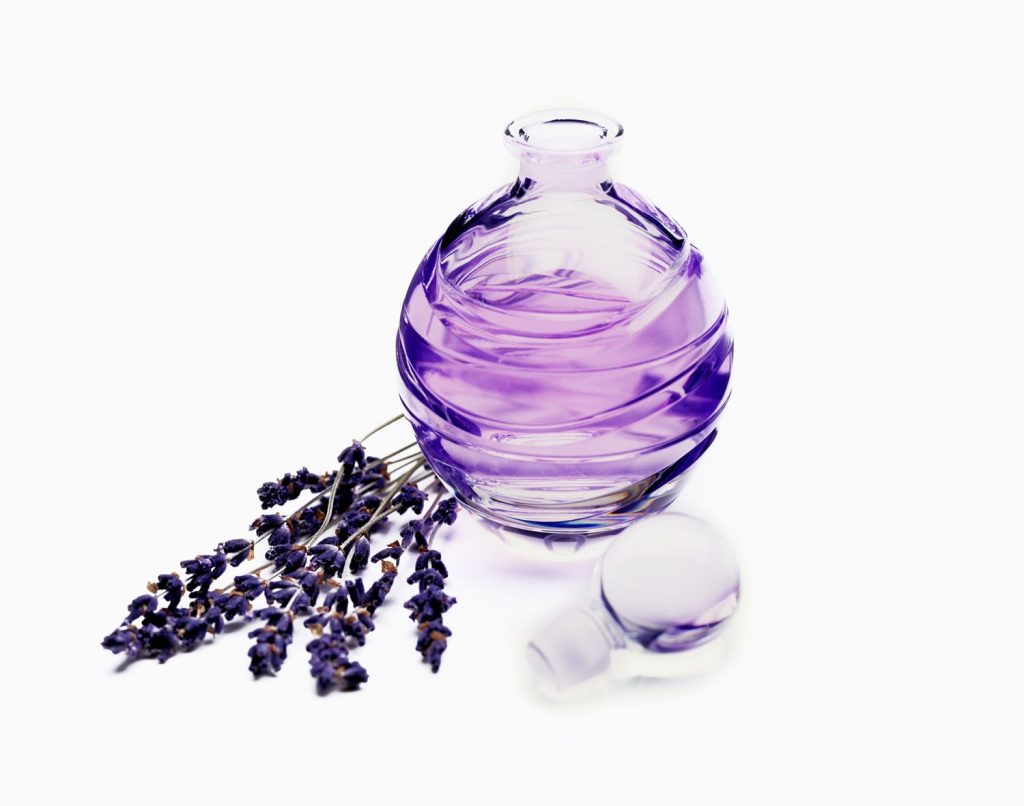Creating your own perfume can be an exciting and rewarding experience, allowing you to craft a fragrance that reflects your personal style and preferences. The process of making perfume is a delicate art, involving a combination of creativity, experimentation, and an understanding of how different scents interact. Fortunately, with the right knowledge and a few essential ingredients, you can easily learn to create perfumes that are tailored to your unique taste. To begin, it is important to understand the basic structure of a perfume. Perfumes are typically made up of three main layers: top notes, middle or heart notes, and base notes. Top notes are the first scents you smell and are often light and fresh, such as citrus or herbal aromas. Middle notes emerge once the top notes have evaporated, providing the body of the fragrance with scents like floral, fruity, or spicy. Finally, base notes linger the longest, grounding the perfume with deep, warm tones like vanilla, musk, or woods.

To get started, you will need a few key supplies: essential oils, a carrier oil such as jojoba or fractionated coconut oil, and a base for your perfume, typically alcohol or a blend of alcohol and water. Essential oils are the heart of your fragrance, and selecting the right ones is a matter of trial and error. You can begin by choosing a few oils that you know you love or that represent different scent families, such as floral, woody, or oriental and know how to make your own perfume. When blending your perfume, start with the base notes, as they will form the foundation of your fragrance. After adding a few drops of your chosen base notes, move on to the middle notes, which should make up the bulk of your perfume. Finally, add a few drops of top notes to give the fragrance an initial burst of freshness. A general rule of thumb is to use about 20% top notes, 50% middle notes, and 30% base notes, but this can vary depending on your preferences.
Once you have selected your oils and created a blend, it is time to dilute the perfume. If you are using alcohol as the base, add your oil mixture to the alcohol in a glass bottle, and allow it to sit for at least 48 hours, ideally for a few weeks. This aging process allows the different oils to meld together and create a more harmonious scent. If you are using a carrier oil, the process is simpler, as the oils will not need to sit for as long. To test your perfume, apply a small amount to your wrist or the back of your hand and let it develop over time. Keep in mind that perfumes evolve as they wear, and the scent will change as it interacts with your skin chemistry. Adjust the proportions of each note until you find the perfect balance that feels right for you. Creating perfumes tailored to your preferences does not require a professional lab; it simply takes patience, an understanding of fragrance notes, and a bit of experimentation. Over time, you can develop your own signature scents that reflect your personality, style, and mood. Whether you prefer floral, woody, spicy, or citrusy fragrances, the process of creating your own perfume is a fun and creative way to connect with your senses and express yourself through scent.